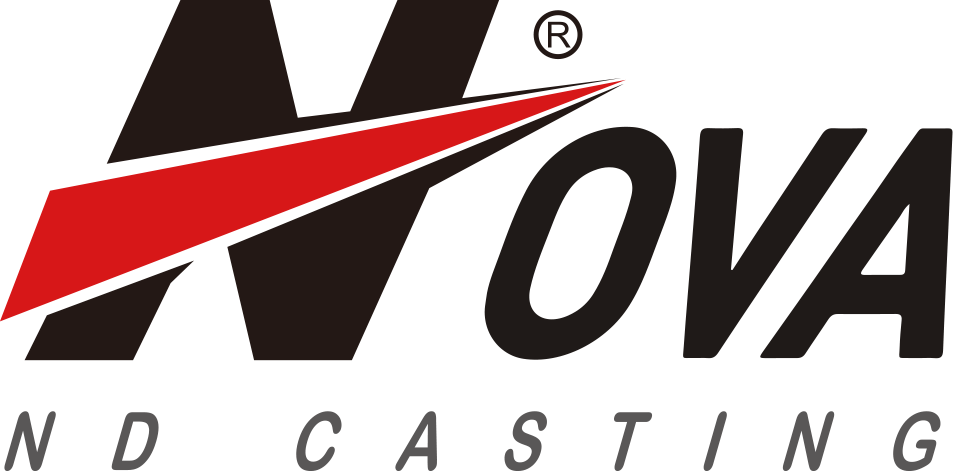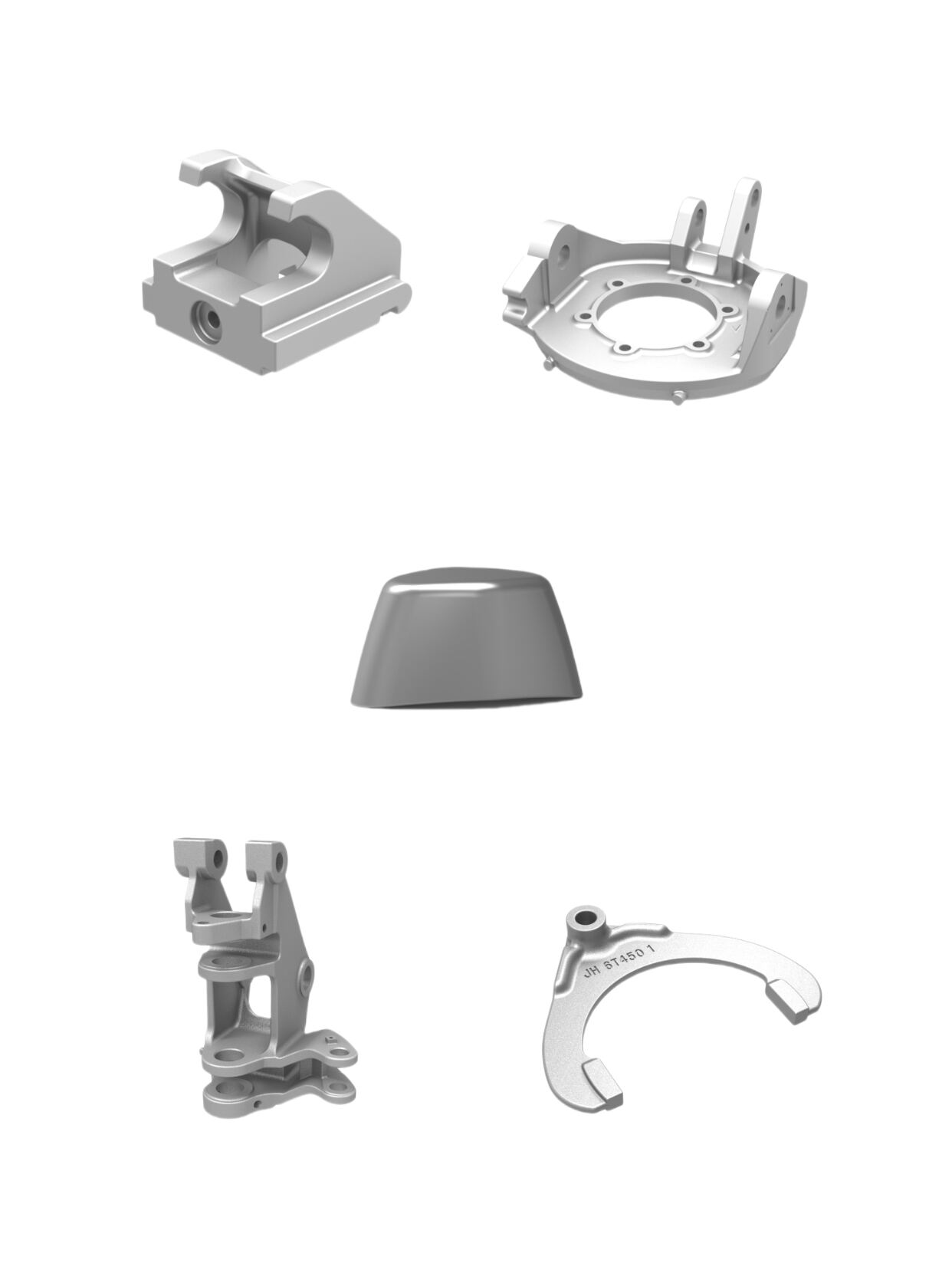In today's fast-paced manufacturing landscape, the demand for custom OEM metal parts is on the rise.
Industries ranging from automotive to aerospace require precision-engineered components that meet specific requirements. This blog explores how tailored metal parts can solve unique challenges faced by various sectors, highlighting the importance of customization in achieving optimal performance and efficiency.
The first step in understanding the value of custom OEM metal parts is recognizing the diverse applications they serve.
From intricate machinery to robust structural components, these parts are essential in ensuring that products perform reliably under varying conditions. By utilizing advanced manufacturing techniques, companies can create metal parts that not only fit perfectly but also enhance the overall functionality of the final product.
One of the key advantages of custom metal parts is their ability to meet exact specifications.
Manufacturers often face challenges when off-the-shelf components do not align with their project needs. Custom solutions allow for adjustments in size, shape, and material composition, ensuring that every part is designed to perform optimally in its intended application. This level of precision is crucial in industries like healthcare, where the reliability of metal components can directly impact safety and efficacy.
Moreover, the customization process involves collaboration between manufacturers and clients.
This partnership is vital for understanding the specific challenges faced by the client. For instance, in the automotive sector, engineers may require parts that can withstand extreme temperatures or harsh environments. By working closely with clients, manufacturers can develop solutions that address these unique challenges, ultimately leading to improved product performance and customer satisfaction.
Another significant aspect of custom OEM metal parts is their contribution to cost-effectiveness.
While some may assume that custom solutions are more expensive than standard options, this is not always the case. By investing in tailored parts, companies can reduce waste and avoid the costs associated with rework or replacement of ill-fitting components. Additionally, custom parts often lead to more efficient manufacturing processes, as they are designed to integrate seamlessly into existing systems.
As we look to the future, the trends in the custom OEM metal parts industry indicate a growing reliance on advanced technologies such as 3D printing and additive manufacturing.
These innovations allow for rapid prototyping and production of complex geometries that were previously unattainable. As industries continue to evolve, the demand for custom solutions will likely increase, pushing manufacturers to adapt and innovate to stay competitive.
In conclusion, custom OEM metal parts are essential for addressing the unique challenges faced by various industries.
Their ability to meet specific requirements, enhance performance, and provide cost-effective solutions makes them invaluable in today's manufacturing environment. As technology continues to advance, the future of custom metal parts looks promising, with endless possibilities for innovation and improvement.
Table of Contents
- In today's fast-paced manufacturing landscape, the demand for custom OEM metal parts is on the rise.
- The first step in understanding the value of custom OEM metal parts is recognizing the diverse applications they serve.
- One of the key advantages of custom metal parts is their ability to meet exact specifications.
- Moreover, the customization process involves collaboration between manufacturers and clients.
- Another significant aspect of custom OEM metal parts is their contribution to cost-effectiveness.
- As we look to the future, the trends in the custom OEM metal parts industry indicate a growing reliance on advanced technologies such as 3D printing and additive manufacturing.
- In conclusion, custom OEM metal parts are essential for addressing the unique challenges faced by various industries.


